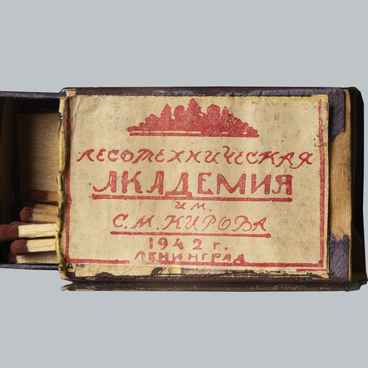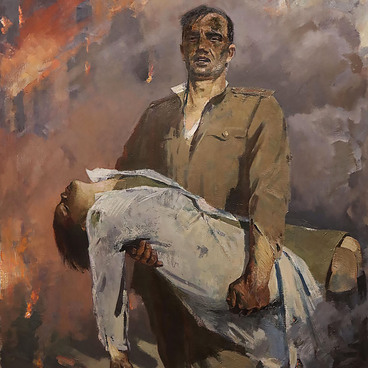Throughout the centuries, war was associated with such infectious diseases as typhus spread by parasites (typhus fever and relapsing fever) and intestinal infections (typhoid fever, paratyphoid fever, and dysentery). Along with malaria and cholera, these diseases were responsible for the overwhelming number of deaths both in the Russian and foreign armies. For example, only 150,000 of Napoleon’s 4.5 million soldiers were killed between 1792 and 1815, while 2.5 million died of diseases.
During the Great Patriotic War, the Soviet army managed to avoid major epidemics by establishing a robust epidemic control service, which was equipped with all the advanced technologies for combating the spread of infectious diseases.
Among other things, the Soviet Army developed an efficient system of bath, laundry, and disinfection services. It helped preserve and improve the health of soldiers and maintain their combat capability. Sanitary and epidemiological stations were established in cities and district centers. They consisted of hygienists and epidemiologists. Mobile medical vehicles were designed and built to function on the go.
One such vehicle was a decontamination shower facility on a sledge trailer. It contained equipment for disinfecting and disinsecting clothes, as well as for taking a shower and undergoing decontamination procedures in field conditions.
The facility was placed on a double-groove sledge trailer or a horse-drawn vehicle, depending on the terrain. The facility was mobile and could quickly and efficiently relocate in case of army maneuvers.
The facility included showers, disinfection chambers, a steam boiler, a hot water storage tank, and a water pump. The following decontamination procedure was used. A person entered the pre-shower room and took off all their clothes, which were either sent for decontamination and chemical treatment or burnt. After that, the person would undergo decontamination and go into the clean room. After taking a shower and putting on clean clothes, they did not come into contact with the contaminated room again.
During the Great Patriotic War, the Soviet army managed to avoid major epidemics by establishing a robust epidemic control service, which was equipped with all the advanced technologies for combating the spread of infectious diseases.
Among other things, the Soviet Army developed an efficient system of bath, laundry, and disinfection services. It helped preserve and improve the health of soldiers and maintain their combat capability. Sanitary and epidemiological stations were established in cities and district centers. They consisted of hygienists and epidemiologists. Mobile medical vehicles were designed and built to function on the go.
One such vehicle was a decontamination shower facility on a sledge trailer. It contained equipment for disinfecting and disinsecting clothes, as well as for taking a shower and undergoing decontamination procedures in field conditions.
The facility was placed on a double-groove sledge trailer or a horse-drawn vehicle, depending on the terrain. The facility was mobile and could quickly and efficiently relocate in case of army maneuvers.
The facility included showers, disinfection chambers, a steam boiler, a hot water storage tank, and a water pump. The following decontamination procedure was used. A person entered the pre-shower room and took off all their clothes, which were either sent for decontamination and chemical treatment or burnt. After that, the person would undergo decontamination and go into the clean room. After taking a shower and putting on clean clothes, they did not come into contact with the contaminated room again.


